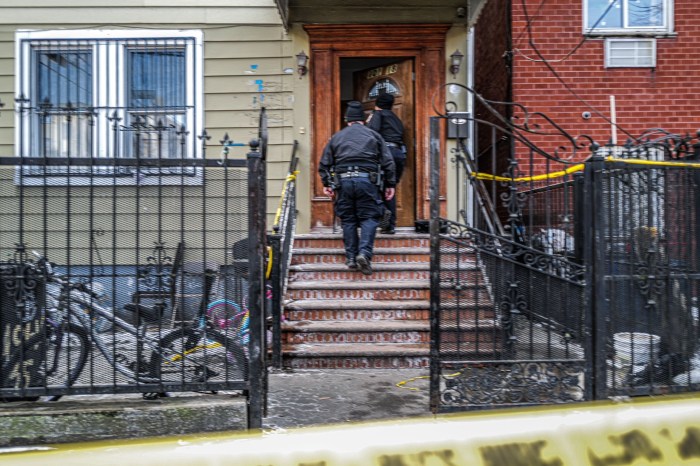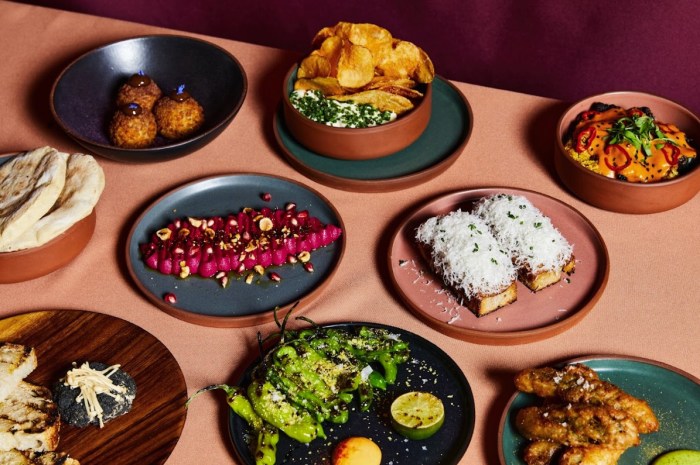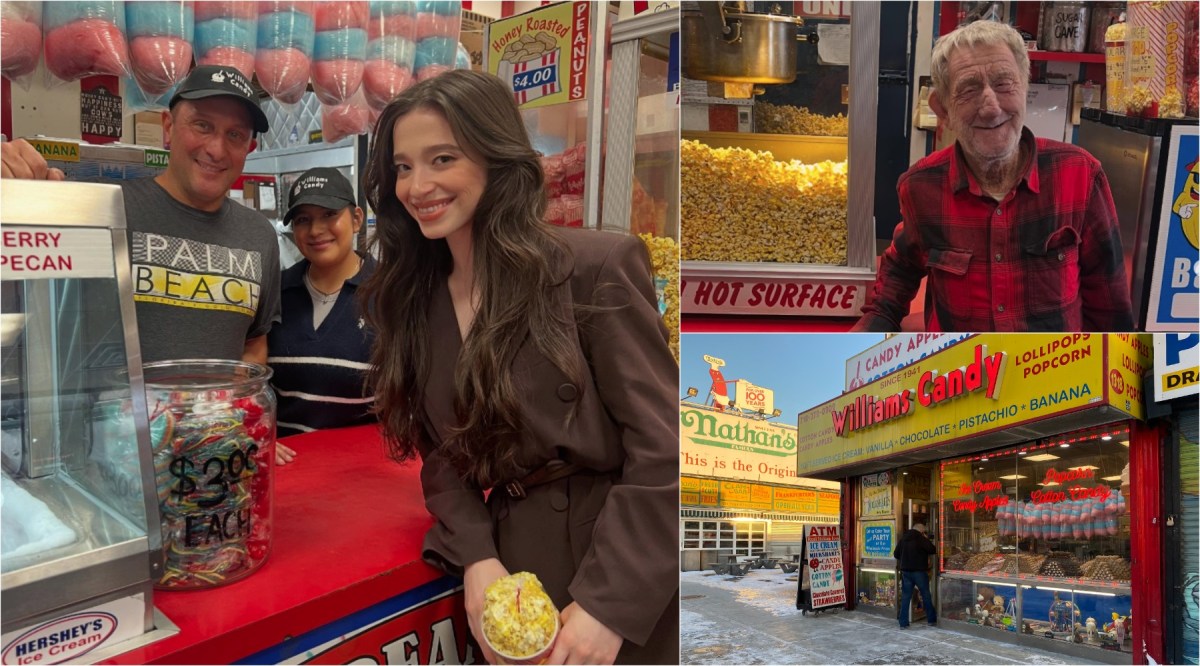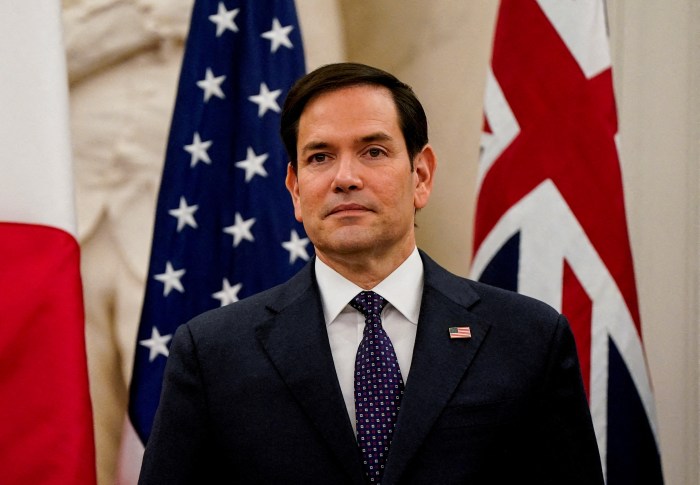
In “The Most Spectacular Restaurant in the World” — a new soup-to-nuts history of Windows on the World — one bittersweet recollection involves cases of Champagne.
The bubbly was to be served at the silver anniversary of the glorious dining destination atop the North Tower of the World Trade Center, where guests ascended to feast, particularly on the jaw-dropping views of Manhattan and beyond.
“The restaurant was going to celebrate its twenty-fifth anniversary with a big event,” author Tom Roston writes, with “500 cases of Veuve Clicquot, specially bottled for the restaurant…”
The labels for the occasion read: WINDOWS ON THE WORLD, 1976-2001. In retrospect, the words send an eerie chill.

“The party never happened, of course,” Roston tells amNewYork. “The bottles survived.”
On 9/11, 79 workers at Windows on the World did not survive, lives lost to the terrorist attack.
Roston’s crisply written, deeply researched work opens a wide window to the famous sky-high eatery, reaching back to its conception, while simultaneously taking stock of what the restaurant meant to New York City.
“It’s not necessarily a 9/11 book, but Windows on the World attains this beyond-iconic status because of the tragic way it ended,” says life-long New Yorker Roston, who was a kid on the Upper West Side when Windows opened in 1976. “I wanted to tell the story of an incredible restaurant.”
And he does, starting with its visionary creator Joe Baum, of Four Seasons fame, a “celebrated restaurateur who was said to be the only man who could outspend an unlimited budget,” according to the book. The book recalls and interviews a who’s who of foodies.
When Windows on the World — a complex of venues on the top two floors (106th and 107th) — opened on April 19, 1976, the price tag was a soaring $14 million, Roston reports.
It wasn’t a time to think small, says one restaurant insider.
“Windows was so successful in so many ways,” says New York- and Los Angeles-based restaurant consultant Clark Wolf. “It was all about the wow, and without question, that was necessary at the time.
“New York was in bad shape in the 1970s,” Wolf adds. “To turn that around wouldn’t take small steps. It was going to take something big. Windows was big. And glitzy. And sparkly. And it worked hard to stay big.”
High in the sky, the restaurant became a shining symbol of how NYC could rise — even during the ’70s, when the city was infested by crime, filth and lousy leadership.
In short order, the restaurant became a magnet for power players of every stripe — business, politics, showbiz. Among the celebrity sightings: Mick Jagger, Jacqueline Kennedy Onassis, Andy Warhol and Cher, writes Roston, who considers an anecdote involving the tongue-wagging rockers of KISS a telling favorite. They were shown the door after doodling on a table cloth.
“That defines Windows on the World,” says Roston. “From the top down, details mattered, whether it was the lightness of the croissants or the pristine table cloths.”
Mere mortals, not just celebs, made Windows their celebration destination — for birthdays, anniversaries, bar mitzvahs. And even if the food — which evolved from baroque dishes like aspic to farm-to-table fresh ingredients over the restaurant’s life — didn’t always ascend to the splendor of the cloud-hugging views, it was always an experience.
“Restaurants have their own personality,” says chef and restaurateur Michael Lomonaco, a former cab driver-turned a-list chef who stepped up to the stove and turned around the Windows kitchen in the late ‘90s and, thanks to running a personal errand, eluded death on 9/11.
“Restaurants are a living thing made up of all of the people who bring it to life every day,” adds Lomonaco, currently chef-partner at Porter House Bar and Grill and Hudson Yards Grill. “And that includes the guests. Windows drew people from around the world to the top of the greatest city in the world.
“The story of Windows on the World takes us through some of the best and worst days in New York,” he continues. “And the worst day our nation will ever see. I’m very happy that someone has realized the impact that Windows had on New York City.”
Eighteen years after 9/11, Roston says whenever he “looks at the bottom of Manhattan,” he sees “the absence. It’s so important not to forget. Not just how `it all ended but what happened before — and after. The story of Windows on the World is, to me,” he adds, “the story of how New York endures.”
Author Tom Roston will discuss his book on Sept. 16 at Rizzoli Bookstore, 1133 Broadway from 6-8 PM.































